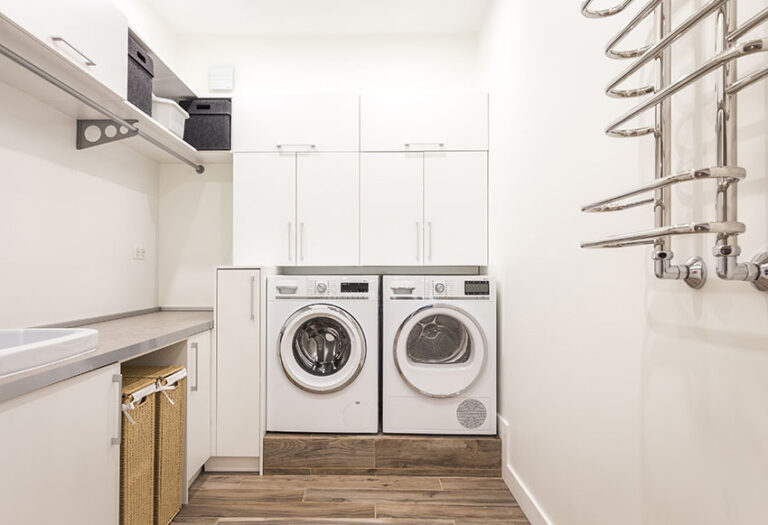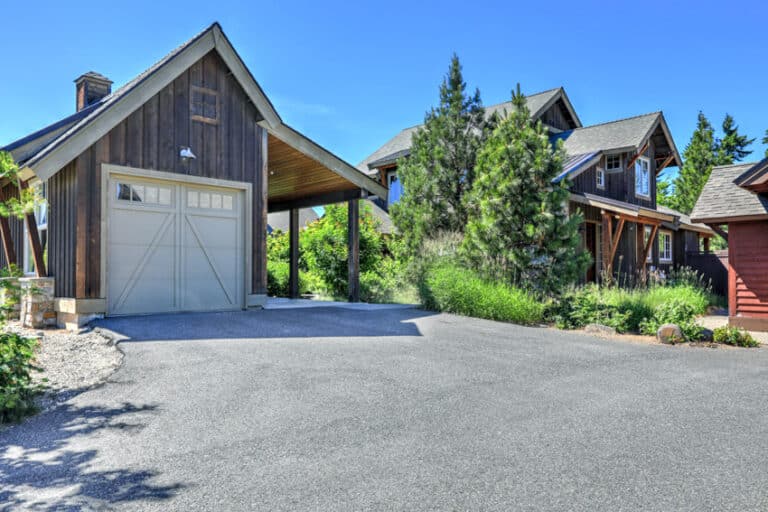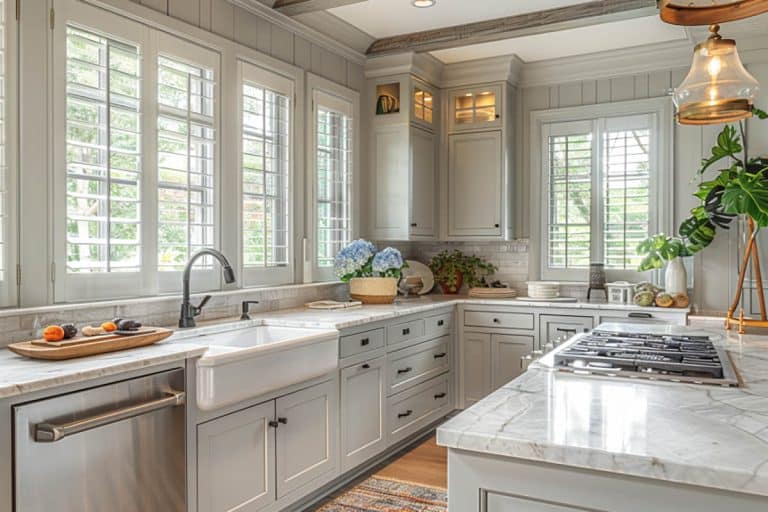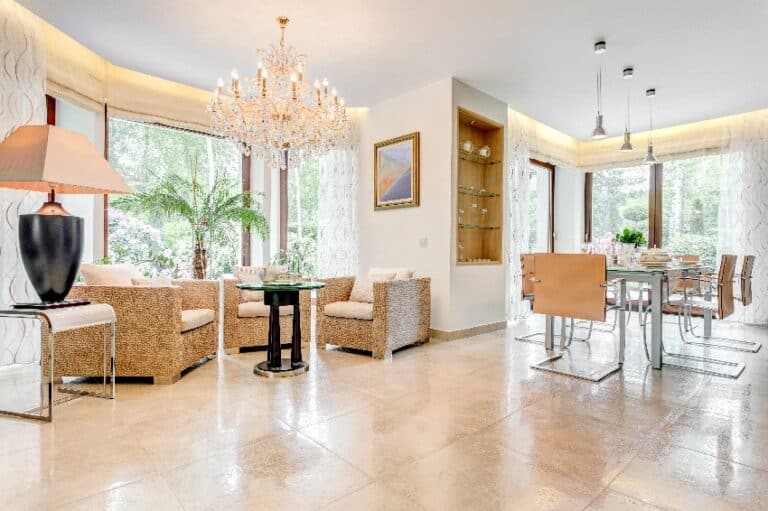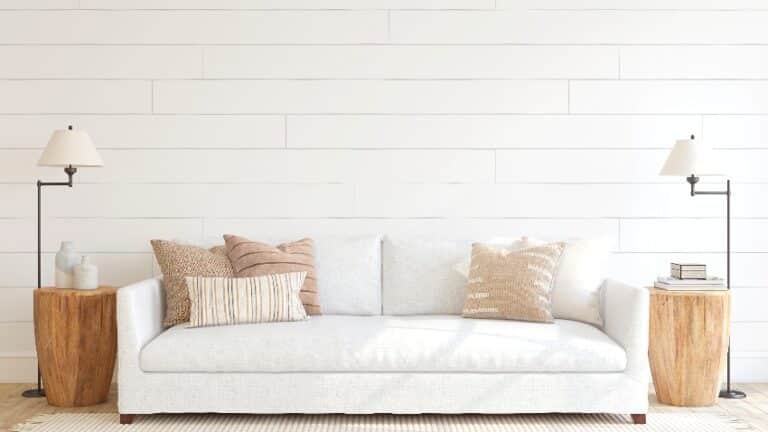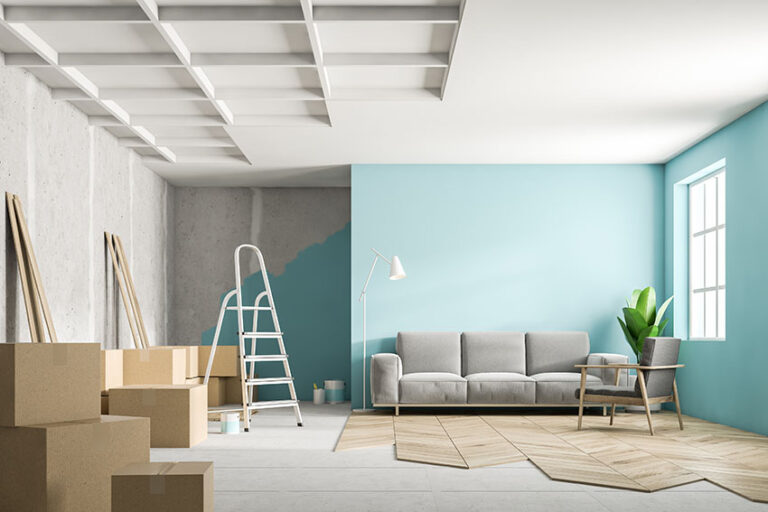Brick Stain vs Paint (Pros & Cons and Design Guide)
Whether it’s walls, columns, sidings, or fireplaces, brick surfaces give homes a timeless beauty, as well as improve their value. These strong building materials also protect your home from external elements, are energy-efficient, and come from sustainable production. Brickwork, however, does come with minimal drawbacks. Like any material, it’s only natural for its color and surface to wear away through time. Fortunately, it is very easy and affordable to maintain, but is it better to stain or paint?
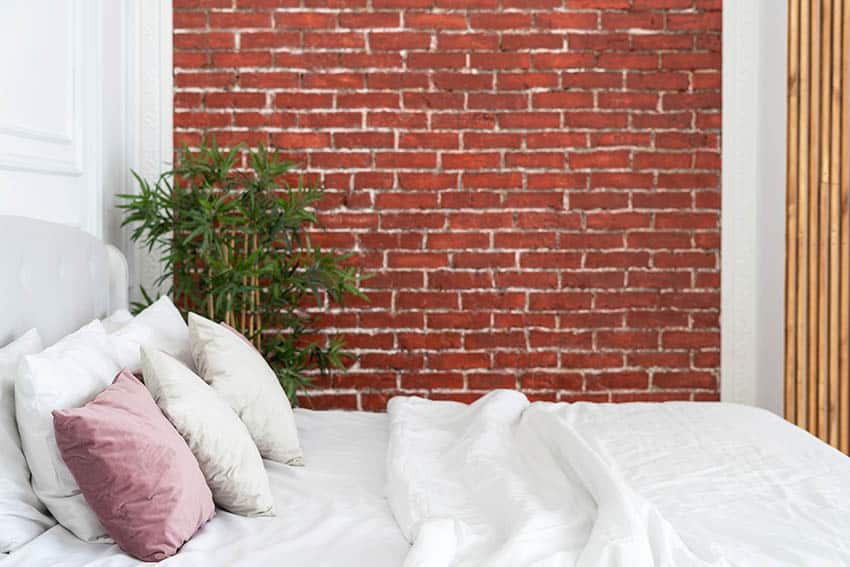
Two of the best options for maintaining this material are painting and staining. This article explains their differences so you can select which method to make these distinct surfaces vibrant again.
Choosing Brick Stain or Paint
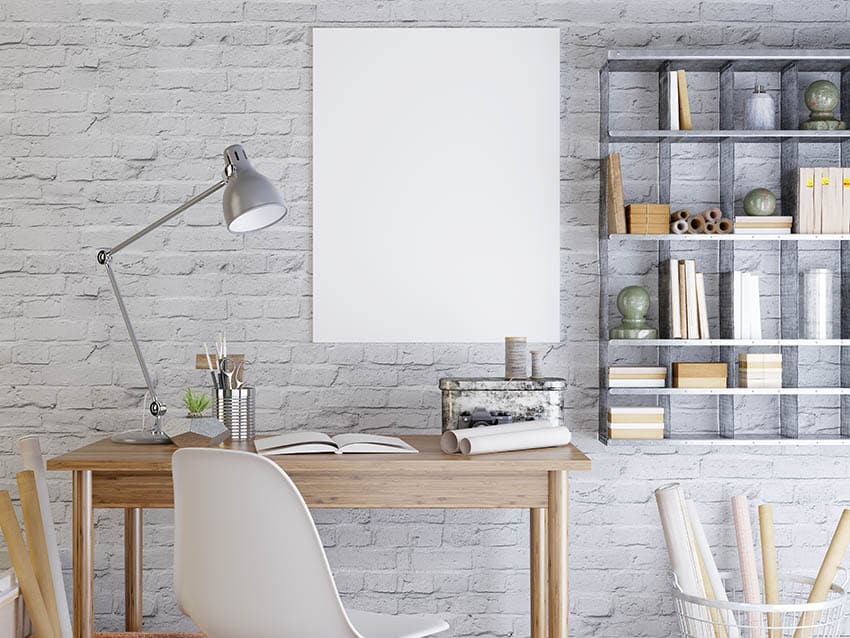
Staining and painting are two popular methods to upgrade this material in your home. Both techniques make use of a water-based coating and have straightforward effects. They add a new layer of color and protection to make the surface look as good as new.
Stain For Bricks
Staining is changing the color with the use of a staining solution. The stain sinks into the surface, so it preserves the natural look. You can tint the stain with any color, but you won’t have as much choice as with paint. Nonetheless, water-based stains add a degree of protection to the surface.
Unlike paint, which forms a layer on top of the brick, stain penetrates the porous surface, allowing it to breathe and maintain its original texture. Staining bricks can be a desirable alternative to painting because they offer a more durable finish that is less likely to chip, peel, or fade over time.
There are different types of brick stains available, including water-based and oil-based options and different color choices. The staining process requires cleaning the surface, applying the stain with a brush, roller, or sprayer, and then wiping off any excess residue. This process helps update the look of walls, fireplaces, or other structures without the maintenance issues associated with paint.
Paint For Bricks
On the other hand, painting completely changes the masonry block’s color with an opaque and pigmented liquid. This option allows countless color options while creating a protective barrier between the material and external elements.
This type is specifically formulated to adhere to masonry surfaces. Unlike regular paints, it is designed to withstand the porous and uneven texture of bricks. It is typically thicker and more durable to ensure it can handle outdoor conditions, including temperature fluctuations, moisture, and UV exposure if applied to exterior masonry surfaces.
When painting bricks, it’s important to use a product that allows them to “breathe.” Traditional paints can seal the surface and trap moisture, which can lead to damage over time. These paints are designed to be breathable, allowing moisture to escape and reducing the risk of issues such as mold growth or spalling (where the surface of the brick flakes or peels away).
Brick painting is a more permanent solution than staining and can significantly alter the appearance of a brick structure. It provides a uniform color and can cover imperfections or discolorations. Once applied, it’s very difficult to get them back to their original appearance. Proper preparation, such as cleaning and priming the brick surface, is crucial for the coating to adhere properly and be long-lasting.
A flat finish offers a contemporary vibe, so people often use this method if they want to go for a “remodeled” look. Read more about the different paint colors that go with brick.
Now we’ll cover the stain vs paint pros and cons, starting with the advantages.
Stain Pros and Cons
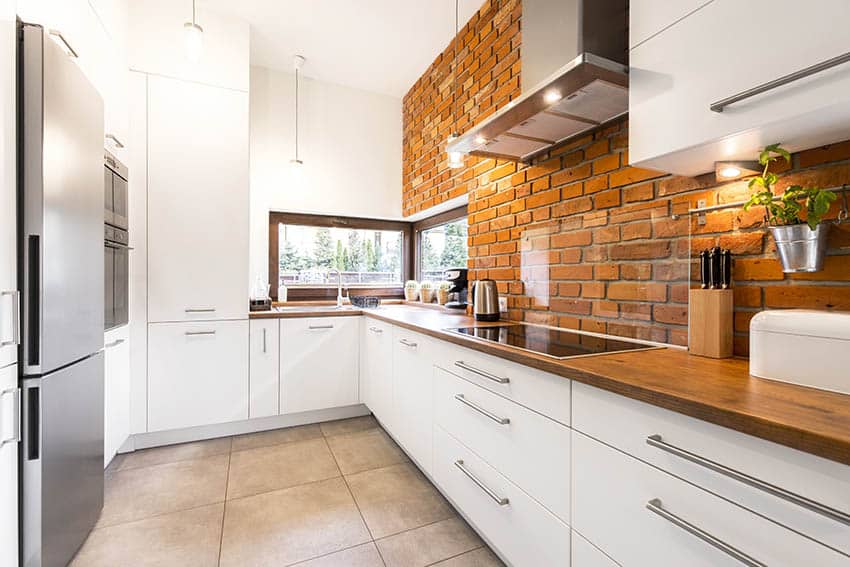
Staining protects the material from environmental factors while preserving its natural look. If you want to preserve the texture and classic appearance of the surface, this method is advisable.
Pros
- Allows Moisture – As mentioned above, the stain only sinks into the porous surface so it still maintains airflow. The surfaces need this airflow to prevent moisture from building up and prevent the material from cracking.
- Fire and Weather-resistant – When the stain dries, it chemically creates a bond and does not melt or discolor under extreme temperatures. It would be able to withstand heat.
- Long-lasting – It takes seven to ten years before you see obvious signs of fading. It may even last 20 years, depending on your area’s climate and the type of material used.
- Affordable– Many homeowners find staining a cost-effective option. High-quality stains can indeed be expensive. But over time, it requires minimal to zero maintenance and balances the overall spending.
Cons
- Thorough Process – The actual application of stain can be challenging for many homeowners. You’ll need to clean the surface thoroughly so the stain can better adhere to it. If not, the stain will not be as effective.
Furthermore, stain preserves the natural character of the material, so it won’t completely improve damaged ones.
Paint Pros and Cons
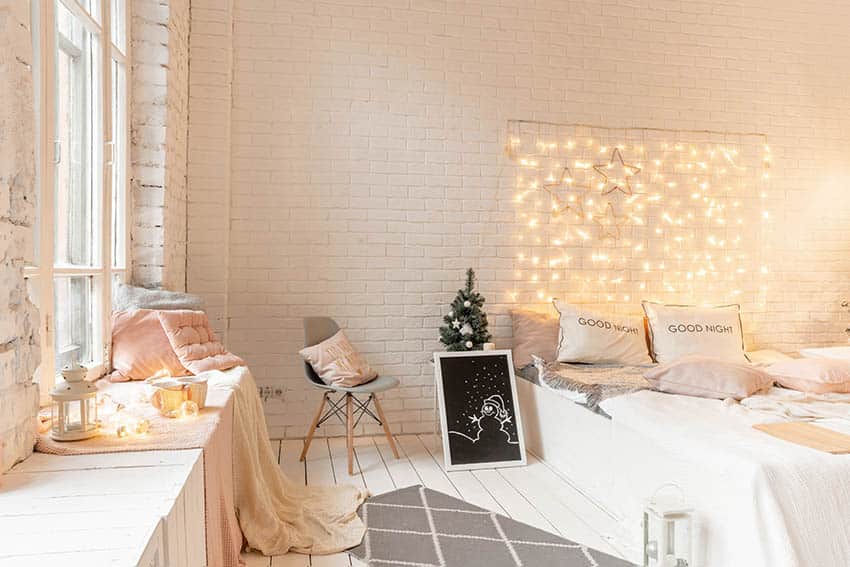
A coating of quality paint blends the modern and classic styles while adding a new layer of protection against the elements. This method is ideal for a more contemporary appearance in your home.
Pros
- Protective Barrier – The coating acts as a barrier to protect the surface from wear. Certain paint types are produced to block out sunlight and moisture, which may damage your surfaces. This may be better than stain for place that have a lot of water splashes such as the kitchen or bathroom.
- More Colors Available – Stains are unavailable in all pigments, while paint can be ordered in different hues or tones. Painting is the better option if you want specific shades on your wall.
- Fast Application – This method is a fairly straightforward method, and DIY enthusiasts enjoy the speed and ease of its application.
Cons
- Need Regular Maintenance – Painting does not sink into the material’s pores, so there are instances where it traps moisture. This can chip and crack the coating in time. You need to repaint them every three to five years to keep them in the best appearance.
Is It Better to Stain or Paint Brick?
When it comes a comparison of stain vs paint, it depends on the area of application. Brick is a popular choice for building materials because of its durability. But many homes and business owners also choose it over stone, vinyl, and other materials because of its attractive character.
Staining helps maintain this character, preserving the natural color and texture instead of covering them with a latex finish. Thus, it complements the material and is a better option for the long term. Staining a brick wall living room may be a better choice to keep the rustic look intact.
Painting requires a bit more maintenance but can be a fairly good method if you have a specific theme or look in mind or want a portion of your wall to stand out.
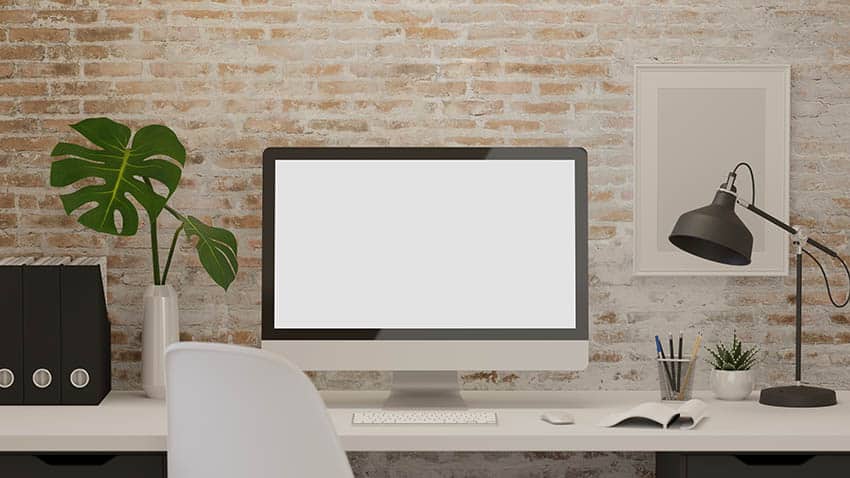
For those who don’t want to cover the material completely with paint, there is brick whitewashing. Depending on how many coats you apply, Limewash is often used for this process and can allow some natural characteristics to show through.
Is the Stain Permanent?
A stain is permanent, meaning whatever tint you use will be intrinsically absorbed until a new stain is applied.
Unlike paints, which only becomes another layer, stain penetrates the porous material and bonds with the material permanently once it dries.
How Long Does Stained Masonry Last?
Stain often lasts between seven to twenty years, depending on the climate, material condition, and stain quality.
Its longevity can also be influenced by how well the surface was prepared before staining. A completely clean surface – without moss or debris – absorbs the stain better.
What Kind of Stain Do You Use on Brick?

There are two general types of stain: water-based stain and those pre-mixed with sealant.
Water-based options are more commonly used and easier to apply. It allows the material to remain breathable and prevents water build-up at the same time.
Stains with sealant also create a watertight coat, but cracking can occur if they freeze. Thus, it is recommended for smaller or damaged areas only.
What Kind of Paint Do You Use on Brick?
Water-based acrylic latex paints are best paired with this material’s surfaces. They are durable, breathable, and more flexible than oil-based products.
Acrylic options are better for filling in small natural crevices on surfaces. They are also odorless and can be removed without toxic substances such as thinner.
Can You Paint Straight Onto Brick?
Painting the interior and exterior has different approaches. When the surface has too many crevices for both areas, you may use a masonry primer to fill in too rough-textured surfaces. Then, let the primer dry completely before anything else.
If you’re painting on the exterior of your home, it is best to use a pressure washer to remove debris and grime before priming and painting.
Afterward, you will need a sealer to weatherproof your paint job. For the interior, use a scrub or wire brush. This will ensure maximum adhesion and a good finish. Get more information about the best paint finish for living rooms here.
Does Painting the Brick Devalue a Home?
Painting should not devalue a home. If anything, it upgrades curb appeal and provides a visual attraction when done properly. However, it could introduce you or future owners to regular maintenance of the painted surface.
Keep in mind that while some families want an interesting take on the classic masonry block, some are more attracted to minimal maintenance.
Why Should You Not Paint A Brick Surface?
The most important factor in determining your choice of painting the material is its quality. It is not advisable to paint the material that is molding, chipping, or in an overall poor state.
Paint will block its natural pores and will only escalate its deterioration. Since worn surfaces have more incomplete joints and gaps, water seeps through them and will have a harder time evaporating because of the blocked surface.
What do you think of brick stain vs paint? Do you have a favorite? If so, let us know in the comment section. For similar content see our brick flooring designs guide here.

